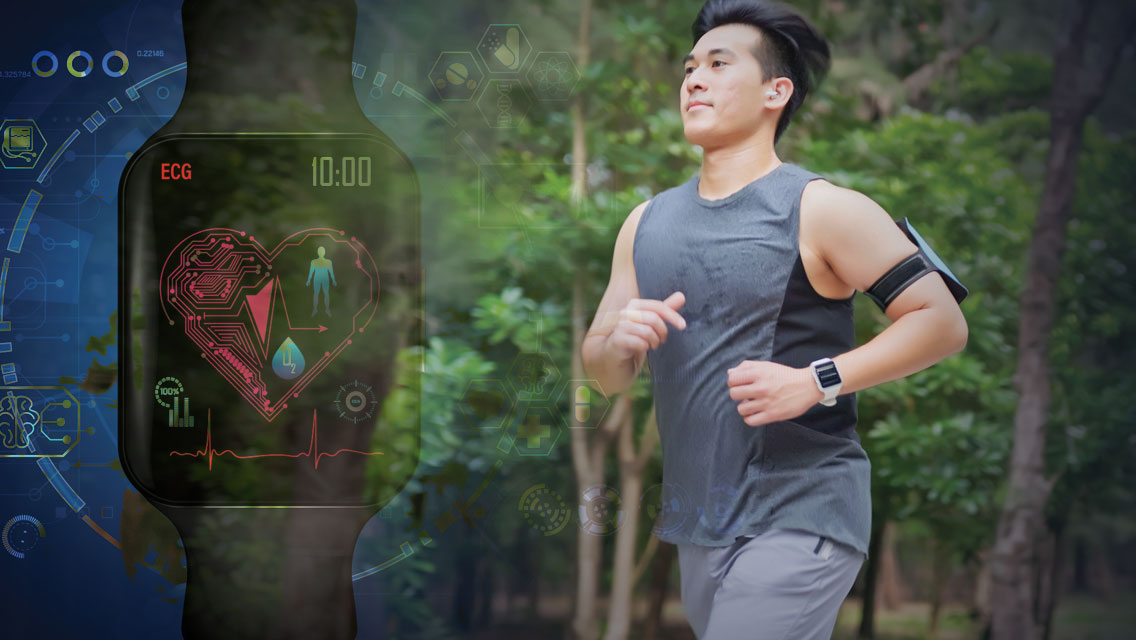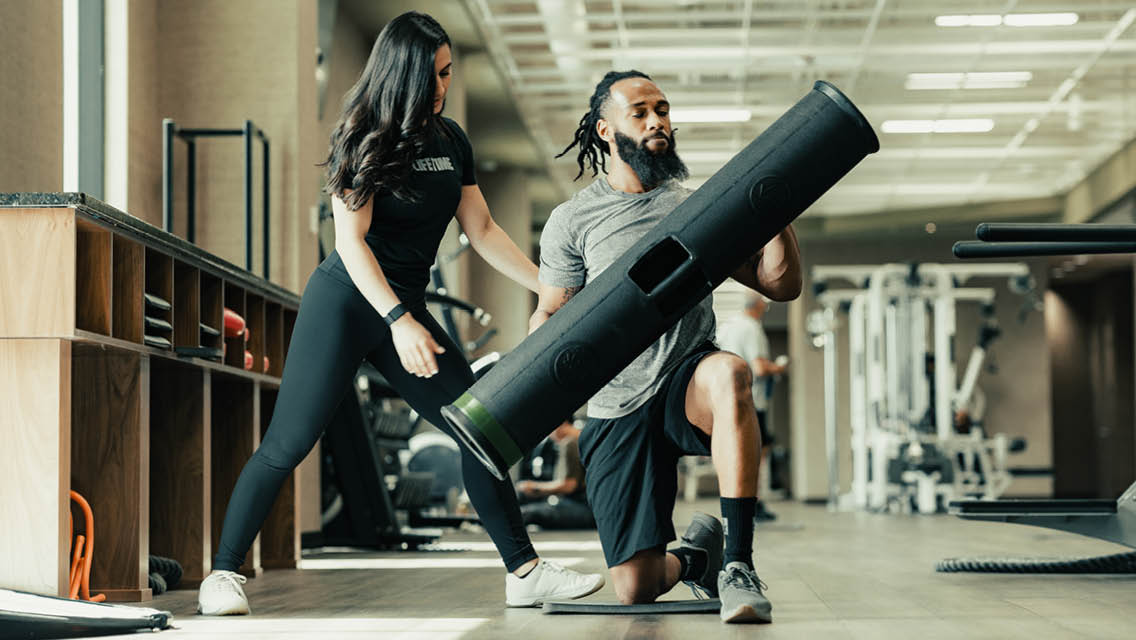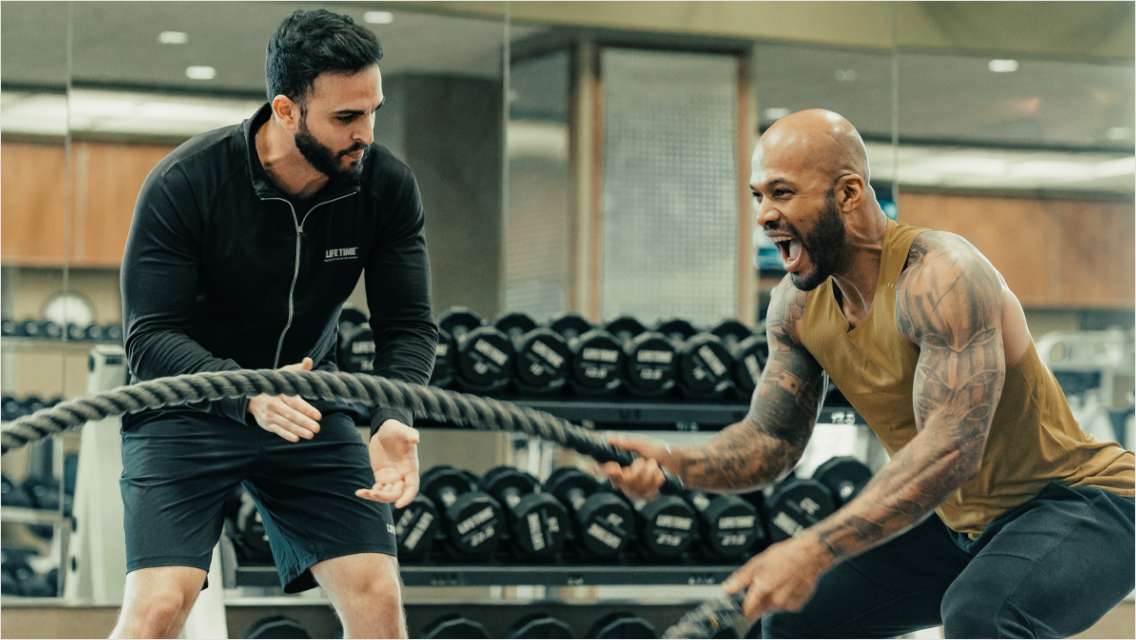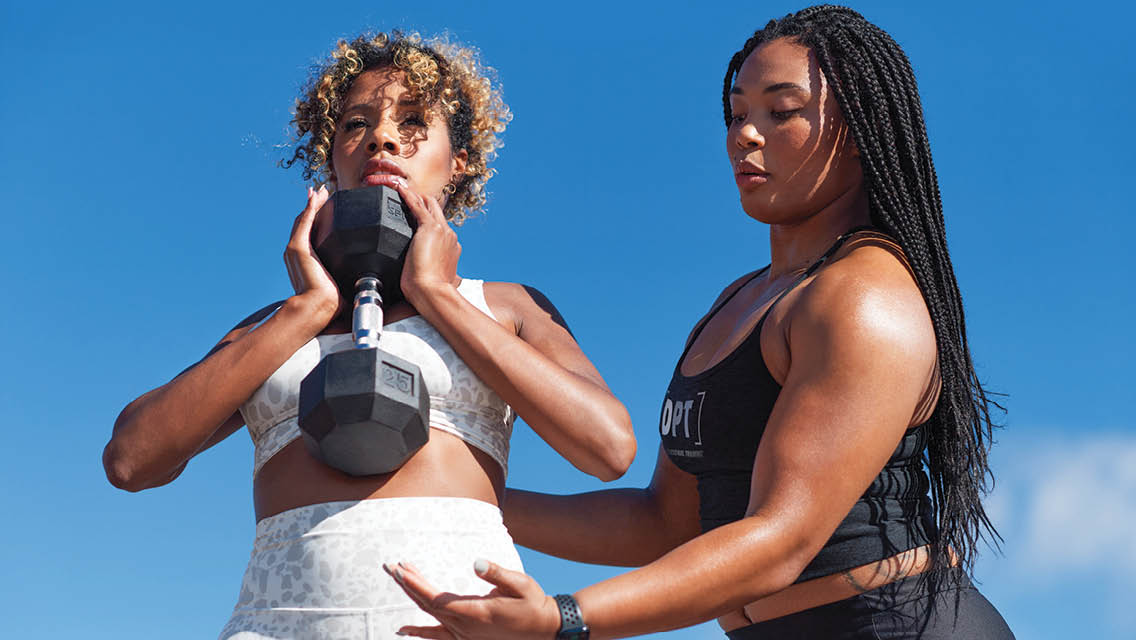AI is increasingly tailoring health interventions to the individual. “Personalization is the name of the game with AI,” says Pilar Gerasimo, the founding editor of Experience Life and author of The Healthy Deviant: A Rule Breaker’s Guide to Being Healthy in an Unhealthy World. “It can give real-time, personalized feedback, suggestions, and nudges to help you create and fine-tune your nutrition and fitness programs.”
Gerasimo has been watching fitness and healthcare trends come and go for decades, and — with a few caveats — she sees the overall movement toward personalized health supports like this as a net gain.
Trabing points out that personalized fitness AI tools can make it easier to sift through a world of complicated health advice. “Learning how to work out, eat right, balance stress, and more is a lot of work,” he notes. “There is so much content, much of which is contradictory.”
An AI fitness app might help you log your workout information and track your progress over time. It can give you workout recommendations based on your goals and individual capacity, push you to progress, and remind you to rest. An app can also customize workouts based on your preferences, making you more likely to pursue movement that you enjoy.
Still, Trabing doesn’t think that fitness apps, useful as they are, will replace personal trainers or fitness classes any time soon.
“Personal trainers are there to motivate, inspire, and bring an energy to the training experience,” he says. “AI can help to personalize plans for more people, but that doesn’t negate the value of a personal trainer.”
“It can give real-time,
personalized feedback, suggestions, and nudges
to help you create and fine-tune
your nutrition and fitness programs.”
Many wearable fitness devices use AI as well. These tools can monitor heart rate variability (HRV), sleep cycles, blood sugar, hydration, and recovery, among other metrics. More advanced wearables are currently in the works, including some that will track lactate and cholesterol levels or inflammation.
When this biometric data is combined with generative AI tools, like fitness apps that consider your motivations, goals, and preferences, the result might be akin to having a “personal trainer in your pocket,” Gerasimo says. “But AI still can’t replace the empathy and intuition of a human being. At present, it can’t read your face or feelings in the same way a caring person can.”
Additionally, wearable data isn’t always reliable, emphasizes fitness and nutrition educator Mike T. Nelson, PhD. This becomes obvious when you use more than one biometric device at a time: “My Oura Ring doesn’t match my Garmin, which doesn’t match my ithlete,” he says. These all capture data on different parts of the body, he explains, and likely rely on different algorithms.
An individual device is useful for tracking general trends (such as stress or activity levels), but trying to cross-reference multiple wearables can lead to confusion. “God forbid I have a client who has three wearable devices,” Nelson says. “What a disaster.”
He finds that data is most helpful when it helps drive habit change — such as the Oura Ring’s sleep score inspiring an earlier, more consistent bedtime. “Data is good,” he says. “But it’s not going to replace how you feel. I don’t want my clients to entirely outsource their decisions to a device, because sometimes its recommendations don’t line up with how you feel or what you want to do.”
Adds Gerasimo: “What has helped humans be healthy for millions of years is more or less the same thing. Eat mostly whole foods, move your body, rest, get out in nature, and connect with a supportive community. I don’t think AI is going to change those things anytime soon.”
AI and Your Health
Wondering how artificial intelligence might shape the future of health? Experts share their predictions and hopes for — as well as their questions and concerns about — how AI might influence healthcare and our collective well-being in the coming years at “How AI Is Changing Health and Fitness,” from which this article was excerpted.





This Post Has 0 Comments